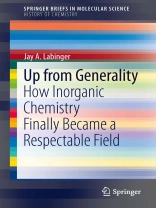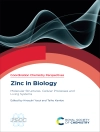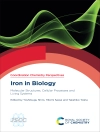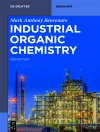In this brief, renowned inorganic chemist Jay Labinger tracks the development of his field from a forgotten specialism to the establishment of an independent, intellectually viable discipline. Inorganic chemistry, with a negation in its very name, was long regarded as that which was left behind when organic and physical chemistry emerged as specialist fields in the 19th century. Only by the middle of the 20th century had it begun to gain its current stature of equality to that of the other main branches of chemistry. The author discusses the evidence for this transition, both quantitative and anecdotal and includes consideration of the roles of local and personal factors, with particular focus on Caltech as an illustrative example. This brief is of interest both to historians of science and inorganic chemists who would like to find out how their field began.
قائمة المحتويات
From the Contents: False Labor: Inorganic Chemistry in the Late 19th -early 20th Centuries.- The (Re)birth of Inorganic Chemistry.- The Personal Factor: Donald Yost and Inorganic Chemistry at Caltech.- Agents of Respectability.
عن المؤلف
Jay Labinger is a California native, born in Los Angeles in 1947. He was an undergraduate at Harvey Mudd College, and received his Ph.D. (in inorganic chemistry, of course) at Harvard University in 1974. After a postdoctoral stint at Princeton University, he held successive positions in academia (University of Notre Dame) and industry (Occidental Petroleum, ARCO) before coming to Caltech in 1986, where he is Administrator of the Beckman Institute and Faculty Associate in Chemistry. His chemistry research has been focused in the areas of organotransition metal chemistry and energy-related catalysis. Many of his contributions have taken the form of mechanistic explanation of transformations that are potentially valuable in the energy sphere; these include oxidative coupling of methane, selective oxidation of alkanes by soluble metal complexes, and conversion of methanol to a high-octane hydrocarbon. He was elected Fellow of the American Association for the Advancement of Science in 2009. For the last twenty years or so, he has also been active in scholarship on the borders between science and the humanities, writing on topics such as science and literature, controversial episodes in the history of chemistry, and the “Science Wars.” He co-edited (with Harry Collins) the book The One Culture (2001), a conversation-in-print between scientists and scholars of science. He is a past president of the Society for Literature, Science and the Arts.
The One Culture (2001), a conversation-in-print between scientists and scholars of science. He is a past president of the Society for Literature, Science and the Arts.












